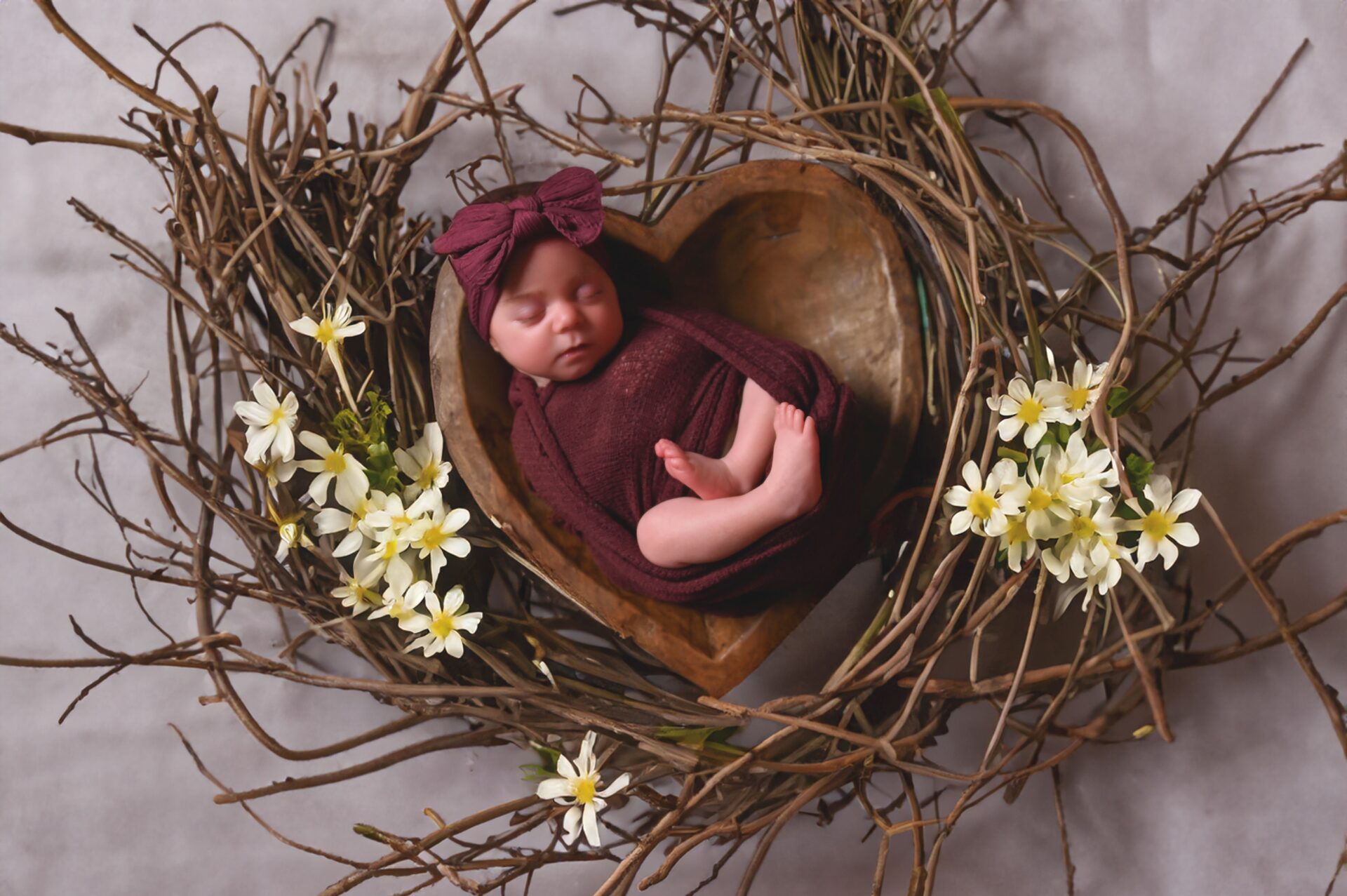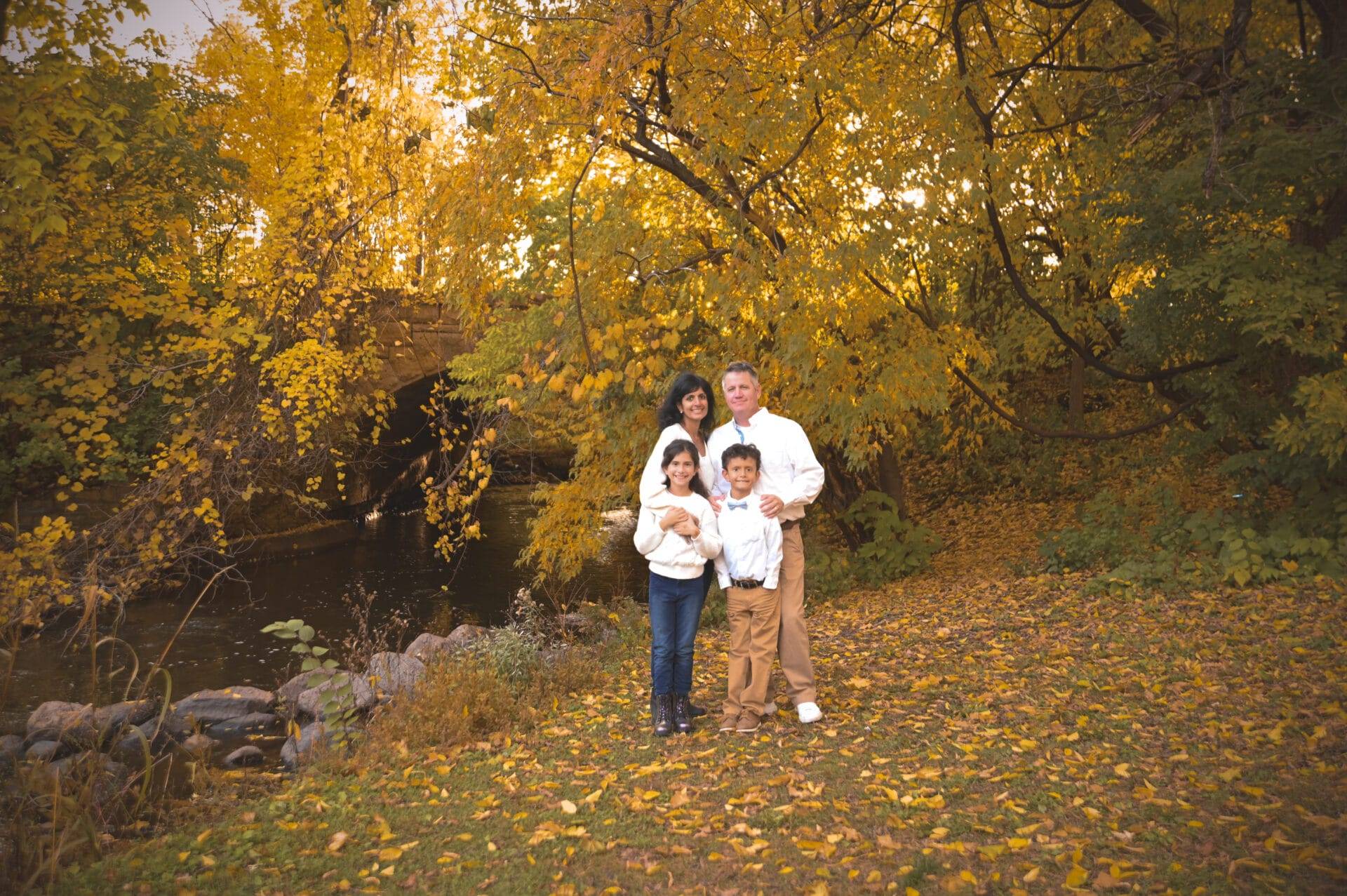Lighting is an important ingredient for wedding photography. Unlike most other areas of professional photography, weddings require all types of lighting, all on the same day, such as window light, outdoor lighting, bounce lighting, and multiple electronic lighting. Each type of light has its drawbacks but also offers opportunities for creative work. In order to appreciate fine lighting, study the works of the master painters. Notice how the artists were acutely aware of lighting and light direction; shadows fall as they would in a naturally lit scene. They understood the difficulty in trying to make a two-dimensional. Increasingly, electronic flash equipment, with its automatic thyristor circuitry, is being used as the easy way to photograph a wedding. Some photographers boast that they can shoot a whole job at f/8, allowing the flash unit to do the work. Unfortunately, this type of lighting is really noticeable and unappealing.
The two broad categories of lighting discussed below are: existing light and electronic flash. Existing light consists of natural light and the light sources encountered, such as lamps or chandeliers. Electronic flash or strobe lighting includes single and multiple lighting setups, as well as umbrella and the other bounced lighting.
Existing light. Taking pictures in existing light that are consistently well exposed is not a simple task. Because of the great color variation between a bride’s white gown and a groom’s black tuxedo, cameras with built-in light meters will not suffice and are rarely used in wedding photography. A reliable way of measuring light is crucial. There are two types of exposure meters available: those that measure incident light, and those that measure reflected light. An incident-light meter measures the amount of light that falls onto a white dome that collects the light. Even lighting condition such as shade, the reading will usually give a proper exposure.
Reflected-light meter measures the intensity of light coming off the subject. Critical users of light meters tend to prefer this type. The meter is pointed toward the subject from the camera position or in the line from the camera toward the subject.
To photograph with window light, place the subject close to the window and looking toward it. Direct sunlight creates harsh shadows and highly contrasting highlights and shadow areas and unless some form of fill light is used, the shadow side of the face will have insufficient illumination. Fortunately, more diffuse shaded light is usually available.



